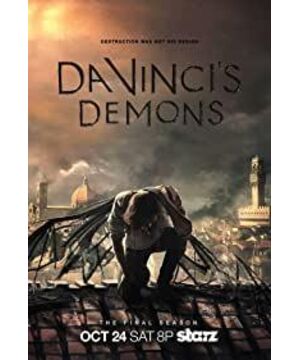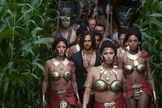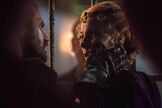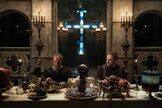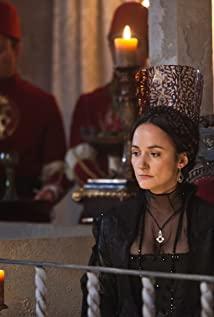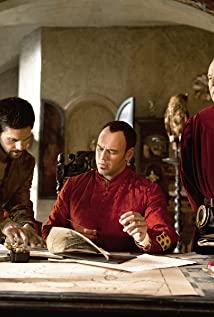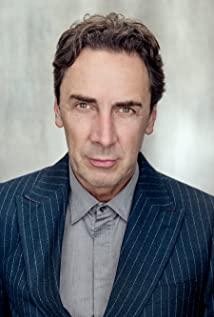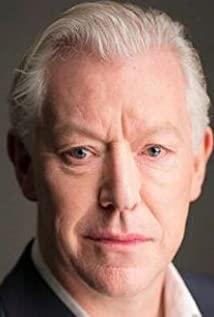On May 29, 1453, the Turks finally broke the thousand-year-old city of Constantinople, relying on gunpowder from the east. The era of knights and castles of cold weapons ended, and a large number of classics and artists left over from the classical era flowed to Western Europe. At the time when the Italian city-states were fighting against rituals, the Medici family ruled Florence with its strong financial strength, strong and extremely literary. Optometry has hired a group of outstanding artists.
Welcome to the Renaissance era. At that time, the Eastern world was still shrouded in totalitarian rule. Under the captivity of the imperial examination system, the literati lost their cultural and artistic genius and creativity; the United States had not yet been established, and the Indians were still painting murals in the caves; the barbarians in the north still Fighting to conquer more land.
And in the middle of the Apennine Peninsula, in a small Roman architectural style town next to a magnificent domed church, there is endless trade and various ideas converging here. The Eastern Roman Empire has perished, the Western churches are declining, and the Knights It was vulnerable to the attack of gunpowder. Great artists, with the funding of great financial rulers, explore the great imagination and creativity of mankind without any worries and restrictions.
He was not a surly student under the imperial examination system, or a down-and-out poor literati, or a frustrated talent returning to hermit, nor a scholastic philosopher, nor a second-rate painter who could only paint God. In his own words in episode 4: I'm a mad artist. Excellent painter, first-class engineer, top anatomist, well-known homosexuality, and a genius artist praised by the church and financial families; this He is an unrestricted genius, oh yes, he became famous when he was young because he played the piano well.
When playing Assassin’s Creed, people wore cloaks in various cities in Europe. People came and went under the sunset of Piazza Florence. This is a city-state ruled by a family, but there is no dictator because of the independence of the judiciary. The Gothic spire church and the Romanesque columns are perfectly combined. Next to the marble statue, this is a merchant’s city. His ruler is a banker; this is an artist’s city, in every alleyway. , The breath of culture, art, academics, and wisdom are constantly fermenting, brewing a light that breaks through the darkness of the Middle Ages.
After the Da Vinci Code, more and more novels and dramas made him the object of adaptation. This film uses a Sherlock Holmes-style description of a mysterious character to portray an omnipotent but extremely neurotic all-rounder.
But in my eyes, he is still the man who stays in the secret room and paints quietly. It took him four years of his life to paint the Mona Lisa, leaving the world with an eternal smile. Be persistent and focused, letting time pass. He has the keen and vigorous curiosity and sharp observation power of a child, and he is free and alone to find truth and answers in areas where no one is exploring or applauding, and outside the shackles of no papers, titles, fame and fortune.
View more about Da Vinci's Demons reviews


